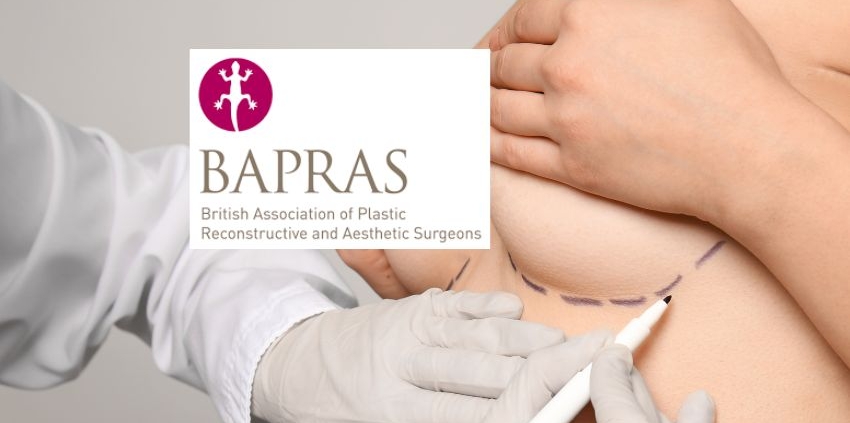Like many types of cosmetic surgery, breast reconstruction procedures took a backseat due to the pandemic. Unfortunately, this has left a huge backlog of patients waiting to undergo the surgery.
Now, the BAPRAS (British Association of Plastic Reconstructive and Aesthetic Surgeons), has addressed the backlog, stating procedures should now be able to be carried out normally.
So, what does this mean for patients and how long will you need to wait for surgery?
The BAPRAS statement
BAPRAS and ABS released a joint statement, letting patients and practitioners know it is now safe to perform breast reconstructive procedures. Part of the statement reads:
“During the height of the COVID pandemic, advice was issued regarding surgical prioritisation in the treatment of breast cancer. Initially treatment was avoided completely in all but the most high-risk patients.
The situation in 2022 is radically different, and while COVID remains common, a combination of a less aggressive dominant variant, widespread vaccination, and better treatment mean that morbidity and mortality from COVID infection is much reduced.”
They finished the statement by saying there is now no medical reason why breast reconstruction cannot be continued.
Undergoing fat graft breast reconstruction
While there is currently a backlog of breast reconstruction procedures, these largely affect those undergoing traditional procedures. One option patients have if they want to undergo the procedure faster, is to opt for a fat grafting breast reconstruction.
Typically carried out on cancer patients who have undergone a mastectomy, fat grafting to the breast is a natural way to rebuild lost volume. The procedure is medically known as autologous fat transfer. It involves using the body’s own fat to achieve additional volume and correct asymmetry. Therefore, there are fewer complications associated with it than traditional procedures.
The fat is taken from the thighs, buttocks, or stomach, using a cannula. Before it is inserted into the breasts, the fat is spun in a machine to separate it from the blood and fluids. It is then injected into the breast for natural looking results.
What are the risks and complications of fat graft breast reconstruction?
Although there are very few risks and complications associated with this type of breast reconstruction, there are some you need to be aware of. These include infection, necrosis, and cysts. The risks are very low, but it is recommended you speak with your surgeon. This will help to determine your individual risk factors.
Compared to traditional breast reconstruction procedures, a fat graft procedure is much safer. It also requires a shorter recovery period, and the results will look and feel a lot more natural.
To find out more about fat grafting breast reconstruction, book a consultation with Mr Horlock now. He will be able to answer any questions you may have, as well as help determine if you are a good candidate for the procedure.





